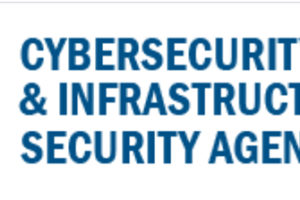Category: Agency News
UK and partners condemn GRU cyber attacks against Olympic and Paralympic Games
EU Agency for Cybersecurity launches ISAC in a BOX Toolkit
SAFECOM and NCSWIC Address Communications Dependencies on Non-Agency Infrastructure
Ransomware Activity Targeting the Healthcare and Public Health Sector

The Cybersecurity and Infrastructure Security Agency (CISA), the Federal Bureau of Investigation (FBI), and the U.S. Department of Health and Human Services (HHS) have credible information of an increased and imminent cybercrime threat to U.S. hospitals and healthcare providers.
CISA, FBI, and HHS have released AA20-302A Ransomware Activity Targeting the Healthcare and Public Health Sector that details both the threat and practices that healthcare organizations should continuously engage in to help manage the risk posed by ransomware and other cyber threats. The advisory references the joint CISA MS-ISAC Ransomware Guide that provides a ransomware response checklist that can serve as a ransomware-specific addendum to organization cyber incident response plans.
CISA, FBI, and HHS are sharing this information in order to provide a warning to healthcare providers to ensure that they take timely and reasonable precautions to protect their networks from these threats. CISA encourages users and administrators to review CISA’s Ransomware webpage for additional information.
NCSC Update Guidance on Principles for the design and build of in-house Public Key Infrastructure (PKI)
NCSC welcomes EU cyber sanctions against Russia following attack on Germany’s Parliament
NCSC CNI Hub goes live
North Korean Malicious Cyber Activity


